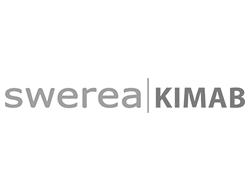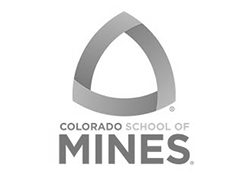IPSCO
by Dr. Milos Kostic, IPSCO, Inc.
At IPSCO, Inc. of Regina, Saskatchewan, we make a steady quantity of high carbon steels (similar to AISI 1075 and 1085) as hot rolled coils. The product is used to make heat-treated, abrasion-resistant parts for agricultural equipment such as plows and cultivators.
IPSCO's process, which includes melting of scrap in an electric arc furnace and continuous casting, makes the surface quality sensitive of the products to process variables during slab reheating and early stages of rolling.
A year ago, during a period lasting several months, we experienced unacceptably high losses during processing. The problem manifested itself as hot shortness (lack of hot ductility) in the initial reduction passes. The result was transverse cracking of the pieces and ultimately severe surface defects.
We suspected that our reheat temperatures were not optimized. Most of our products require relatively high reheat temperatures of approximately 1,300°C, and with the ongoing product mix, it is inconvenient to use different temperatures for a specific product.
We decided that a simulation of slab reheating and hot rolling in a Gleeble would be the fastest and cheapest way to find the optimum reheat temperature, which should be low enough to avoid hot shortness and high enough to prevent overloading of the mill. We suspected that the interdendritic segregates in the slabs were the preferential sites for disbonding (hot shortness). For this reason, the samples were taken from the as-cast slabs.
The Gleeble testing procedure followed the recommendations of R.E. Bailey et al [Hot Tension Testing, Chapter 5 in Workability Testing Techniques, Ed. George E. Dieter, ASM 1984]. An initial series of "on heating" tests were done to determine the temperature region which should be investigated in detail by the "on cooling" tests. The on cooling tests used specimens that were heat treated to simulate slab reheating at different temperatures and then quenched to retain the prior austenite grain size.
The specimens were machined to Gleeble dimensions, reheated to the same "slab reheating" temperature, held briefly at that temperature, cooled to a lower temperature and tested to determine the reduction in area as a measure of its hot ductility. In this fashion, hot ductility curves (R.A. % versus deformation temperature) were obtained for several reheat temperatures.
As a rule, ductility curves display intervals of optimum deformation temperatures. It is then possible to choose a combination of reheat temperature and deformation temperature that promises the highest ductility without an undue increase in flow stress.
The testing program on a Gleeble 2000 at CANMET quickly showed us what the best procedure would be in our instance. After a suitable modification of our processing procedures, the incidence of hot shortness dropped to near zero. We saved hundreds of thousands of dollars with tests costing mere thousands.
This article first appeared in the Gleeble® Newsletter — Summer 1997.





































